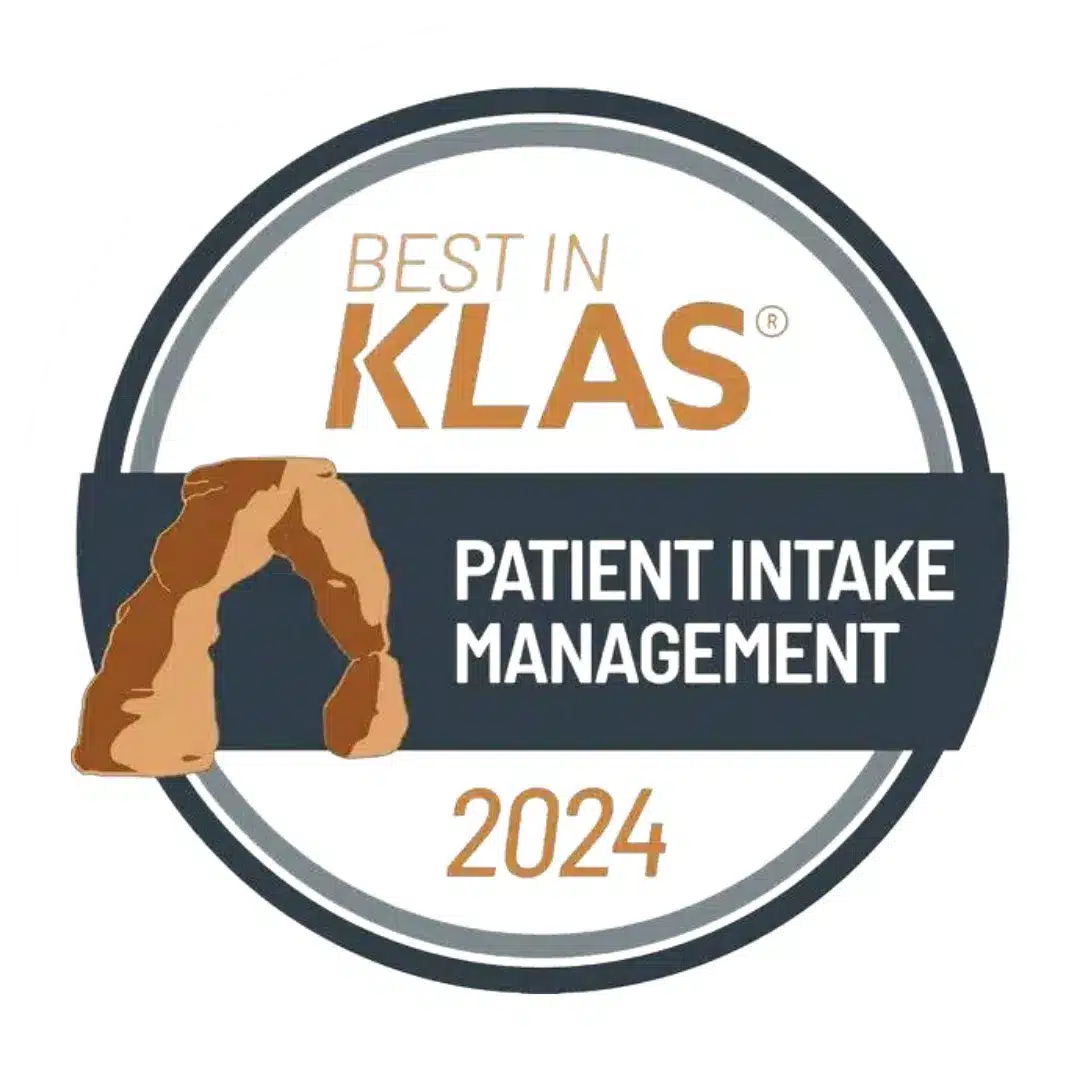
Managing Patient Overflow in Walk-In Urgent Care Settings
Walk-in urgent care clinics are busier than ever. Their no-appointment-needed convenience offers a fast way to treat unexpected illnesses and injuries. However, with more people turning to these services, a new problem is showing up: patient overflow. When more folks arrive than the clinic can handle quickly, the waiting room fills up fast and things can start falling behind. Long wait times make patients frustrated. Staff get overwhelmed. And the whole day can start to feel out of control.
Keeping things moving at a steady pace takes more than just good intentions. It comes down to how well the clinic is set up to adjust when patient volume suddenly jumps. Whether it’s flu season, back-to-school time, or just a busy day, smart urgent care practice management plays a big role in keeping operations steady. Focused improvements in staffing, check-in processes, and communication can make a major difference.
Assess and Optimize Staffing Levels
The first step in preparing for patient overflow is knowing when it’s most likely to happen. Not every hour or day brings the same kind of traffic. Many clinics see spikes during lunch breaks, after work, or on weekends. Tracking these patterns over time can help build schedules that prepare teams ahead of time instead of responding too late.
Once peak times are clear, building flexible staff schedules becomes the next step. That doesn’t mean overstaffing every day. It’s more about placing team members where they’re needed most. Adding extra help during busy hours gives the team the lift it needs and prevents idle downtime during slow periods.
Quick staffing ideas that can help:
1. Review past check-in records to find common rush times.
2. Set up rotating shifts that reflect patient flow.
3. Build a group of part-time workers or floaters for extra support.
4. Train team members to pitch in across various roles.
5. Use a staff communication tool to quickly handle shift changes and coverage gaps.
When staff know the plan and feel supported, they’re less likely to feel overwhelmed. Even on high-volume days, a well-staffed clinic helps things run smoothly and keeps stress low.
Implement an Efficient Check-In Process
A slow front desk sets the tone for a rough visit. If everyone has to start with a clipboard and pen, the backup grows fast. A smoother check-in process helps everyone, from the patient walking in to the clinical team waiting to get them onboard.
Digital check-in tools can do a lot of the heavy lifting. Whether patients enter their info ahead of time from their phone or use a tablet when they arrive, each step cuts down delays and reduces staff work. Instead of writing the same things over and over, patients get right into the flow.
Ways to make check-in better:
1. Let patients fill forms from home using their mobile phones.
2. Offer tablets near the desk for quick walk-in entries.
3. Use clear signs and instructions so it’s easy for patients to navigate.
4. Train front staff to look for missing info right away.
5. Keep pens, sanitizer, and form trays clean and easy to access.
Some clinics using mobile pre-registration report less noise and disorder at the front desk. More patients arrive with forms completed, which shortens the time to their exam room. The smoother the first step, the easier the rest of the visit becomes.
Enhance Communication and Coordination
When a clinic hits its busy stretch, internal communication needs to step up. Without it, small hiccups lead to bigger problems. Delays sneak in, and the team starts chasing the clock. Staff need easy ways to share updates, ask for help, or keep track of patients moving through the clinic.
Tools like team messaging apps or live dashboards keep information clear. If a provider knows a room is ready or the back office hears about a logjam at intake, things can adjust quickly. Even a dry-erase board, kept up to date, helps everyone stay in sync.
Patients need to stay informed, too. When people feel ignored, confusion builds, and it only adds to frustration. Sharing small bits of information, like current wait times or updates on delays, makes visits feel more managed.
Communication pointers for busy days:
1. Use staff messaging apps for updates and shift coordination.
2. Show current wait times on a lobby screen or posted sign.
3. Keep front desk staff ready with honest scripts to explain delays.
4. Share important patient notes across teams through a shared system.
5. Schedule short staff meet-ups to regroup when needed.
Solid communication improves teamwork and patient calmness. Less guessing leads to fewer mistakes and a better visit overall.
Use Space Wisely During High Volume
Space matters more than ever when waiting rooms are packed and exam rooms are tight. How every square foot is used helps decide how well things run during peaks.
Setting up temporary spaces is one smart trick. Whether it’s a second check-in area, a quick triage space, or just overflow seating, having these spots ready makes it easier to handle the rush. Even outdoor spaces or unused rooms can step in when needed.
It also helps to look at how exam rooms turn over. Slower cleanups and delays preparing the next patient space can quickly cause traffic jams. Prepping supplies and keeping cleanup routines simple keeps clinic flow moving.
Ideas to use space better:
1. Set up an extra waiting area for busy times.
2. Reorganize seats to allow more people standing or seated.
3. Use underused rooms for low-acuity patients when possible.
4. Keep wipes and cleaning items in each room for speedy reset.
5. Clear clutter from shared counters, halls, and staff stations.
One clinic turned an underused staff break room into a temporary space for wound checks and flu tests. That one shift helped avoid long weekend backups.
Better Manage Patient Flow
When people are lined up to be seen, figuring out who needs help first is key. It’s not just about speed—it’s about smart decisions. Seeing those with urgent symptoms quickly while easing the path for simpler visits improves outcomes without adding pressure.
Triage can start at check-in. Asking a few questions when people arrive helps place them into care tracks right away. If someone needs a quick nurse visit, they don’t have to follow the same path as the person with a sinus infection.
Some clinics also redirect non-urgent visits. This might mean a phone follow-up, a telehealth shortcut, or a different care space for those who don’t need a full evaluation.
Good flow strategies include:
1. Ask brief symptom questions when patients arrive.
2. Help staff decide when to reroute less urgent cases.
3. Offer a quick nurse-driven visit path when suitable.
4. Add virtual consults to handle basic needs off-site.
5. Review notes weekly to catch common delays and fix them.
Faster sorting means less idle time. Patients are seen at the right pace, and the clinic can serve more people without burnout.
Keeping Operations Smooth on High-Traffic Days
Busy days test more than schedules—they test mindset. Overflow doesn’t mean giving up. It means having systems in place that grow with the day. Staffing, space use, communication, intake, and flow management all work together to prevent things from unraveling.
Smart clinics keep notes on what works during peak times. They prep for known rushes and stay open to improvement when patterns shift. This kind of planning keeps staff more confident, patients more patient, and operations steadier during those high-volume stretches.
Getting ready may take some trial and error. Each walk-in clinic is a little different, and what works for one might need to be adjusted for another. But the more you observe trends and adapt, the more manageable those tough days will be.
Planning ahead means staying one step ahead, even when the waiting room is full. And that brings more control, better visits, and a stronger support system for both the care team and the patients seeking help.
Discover how Yosi Health can help streamline your urgent care practice management by improving efficiency and making patient experiences smoother. With our flexible tools and continuous support, managing busy days becomes more manageable for both your team and your patients. Let us help you create a more organized, responsive workflow that keeps things moving no matter how full the waiting room gets.


